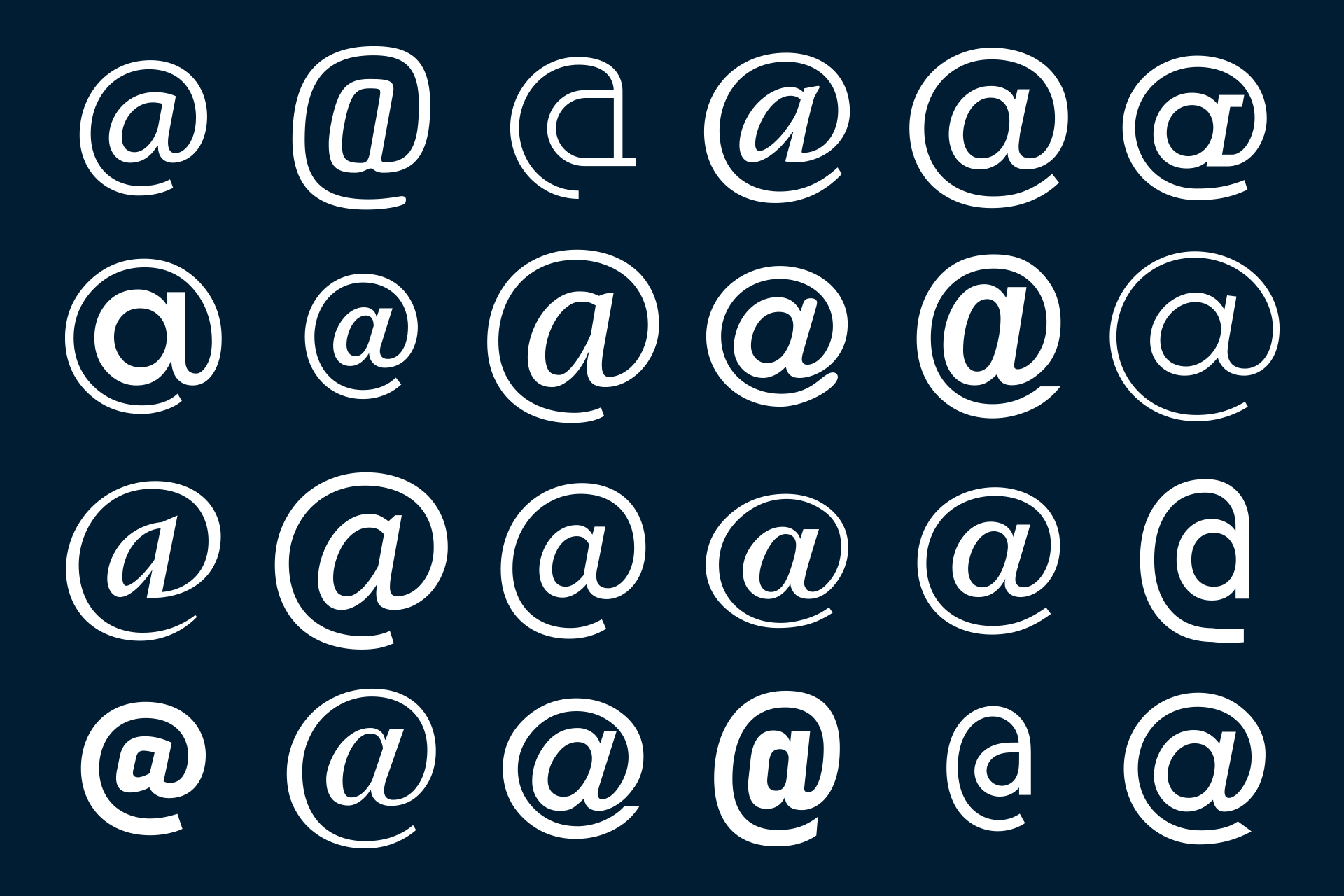
Behind the Ahoy Process – Ecasting
We’re huge fans of email campaigns here at ahoy. They allow you to reach large numbers of people, but without many of the costs of sending out hundreds or even thousands of printed fliers. Traditionally response rates are also higher from ecasts and are much easier to measure, so there are very few reasons not to consider it. Unfortunately it’s not all plain sailing, and there’s a lot of additional design and technical considerations that have to go into campaigns to get the best results. As the first of many background insights, I thought it worth going into a little(!) detail on just some of what’s involved in building a typical effective ecast here when we’re sending it on behalf of a client.
Email programs and web browsers all have a tendency to display emails differently, and with considerably more limits in what they can and can’t do. If you thought it was bad just with websites, then you’ve seen nothing! Thus building it has to be a co-ordinated effort between the design and development teams here (and yes, we sometimes even have a few healthy arguments; it keeps us all sharp!). The final ecast may even differ a little from the earlier concept designs, but there’ll always be a good reason. It’s a tradeoff between top notch design, and building it in a way which gets the message to the most people.
It would be very easy for us to design an ecast like a print ad, cut it into a big bunch of images, whack it in and hit send. It would look pixel perfect, and could be developed in minutes. However experience quite quickly shows us this would reach fewer people. Firstly, spam filter software tries to analyse the actual text present in emails. Spammers realised if they didn’t put any readable text in and just embedded text inside images, then such software couldn’t scan it. The anti-spam vendors very quickly caught on, and now almost invariably weight anything with only images as spam likely. Additionally, as most email clients don’t download images now unless told to, you need some text in there to hook your audience into actually hitting that ‘download images’ button in the first place. That text then has to be written in a certain way; you’d be surprised how relatively innocuous sounding phrases like ‘guaranteed’ or poorly worded unsubscribe links will be treat as having a very high risk of being spam. Aside from the text, are we using sender addresses they’ve seen before thus are more likely to trust? Are we writing subject lines that’ll get them to open the email? Are we scheduling a send at an appropriate time of the day for the audience? All stuff we take a lot of time to think about. Then as a final step all new campaigns are also put through thorough testing to make sure it works or degrades gracefully on all the major email clients (not just the one on the dev’s machine), and equally importantly that it passes all spam filters. If it doesn’t; then we go back to the drawing board with it!
A lot goes on behind the scenes many people probably don’t realise, but that’s the ahoy approach to all our work. If we weren’t passionate and thorough about what we do, then it would show quite quickly!